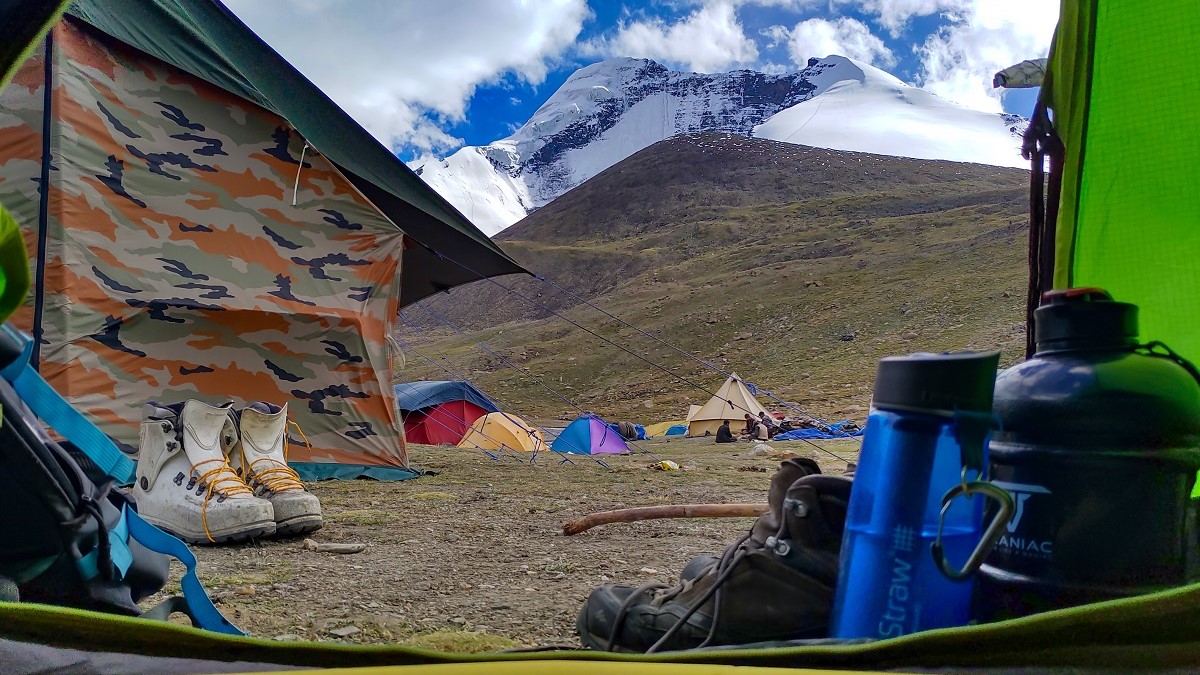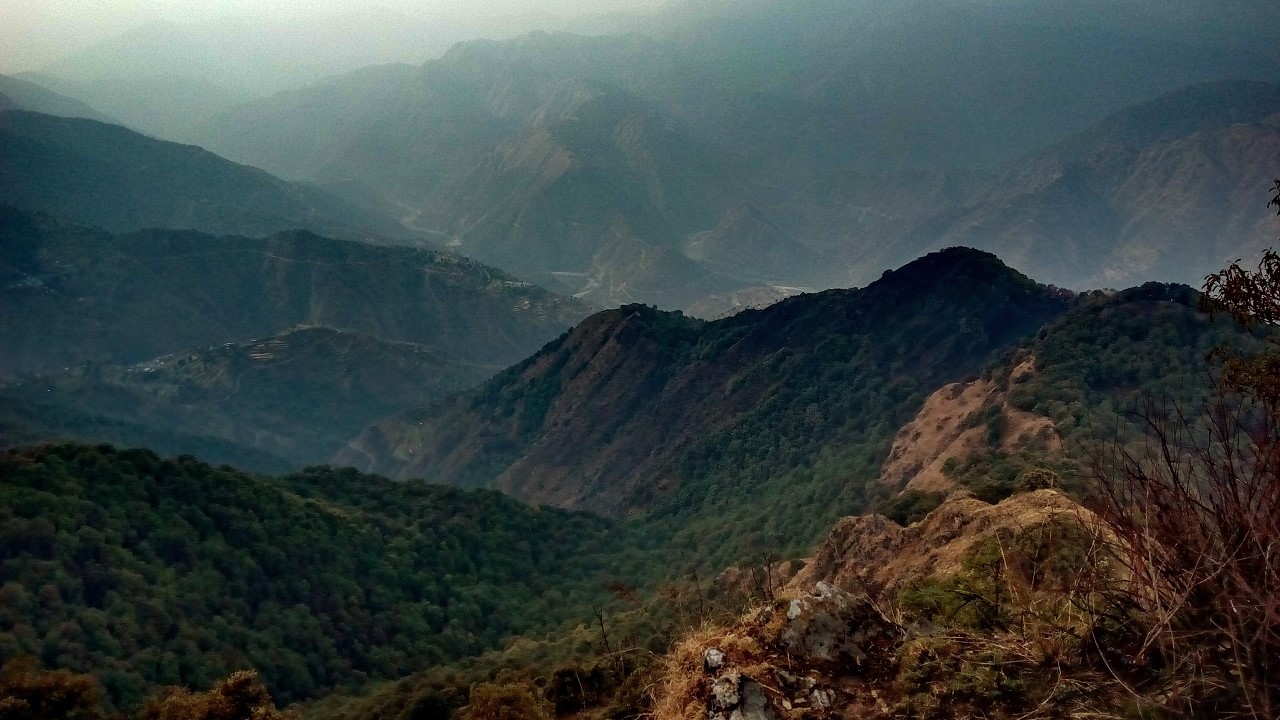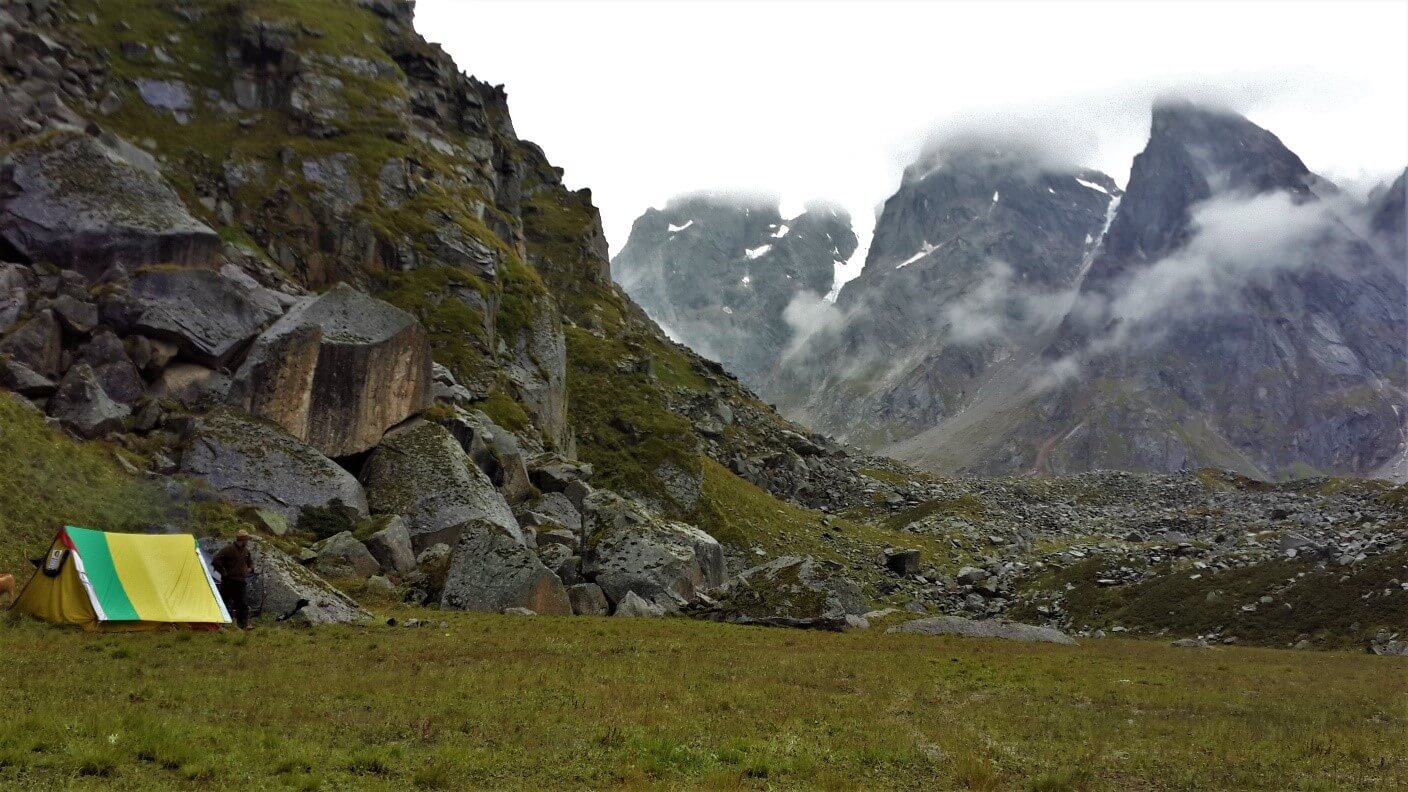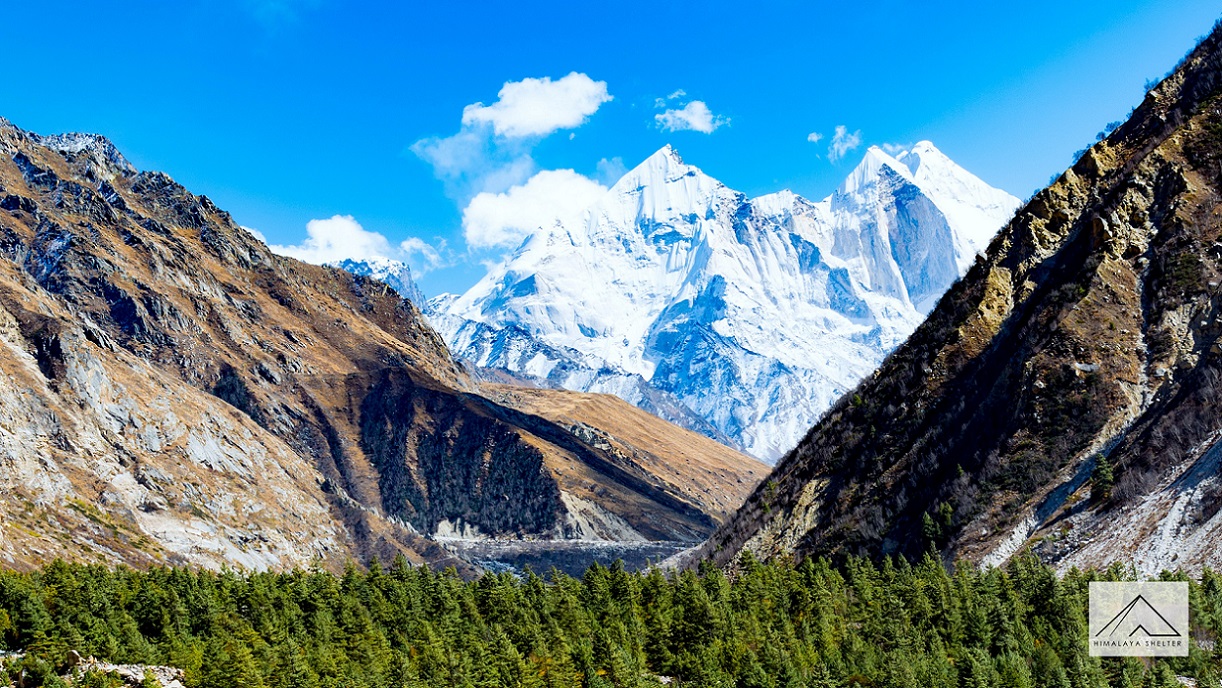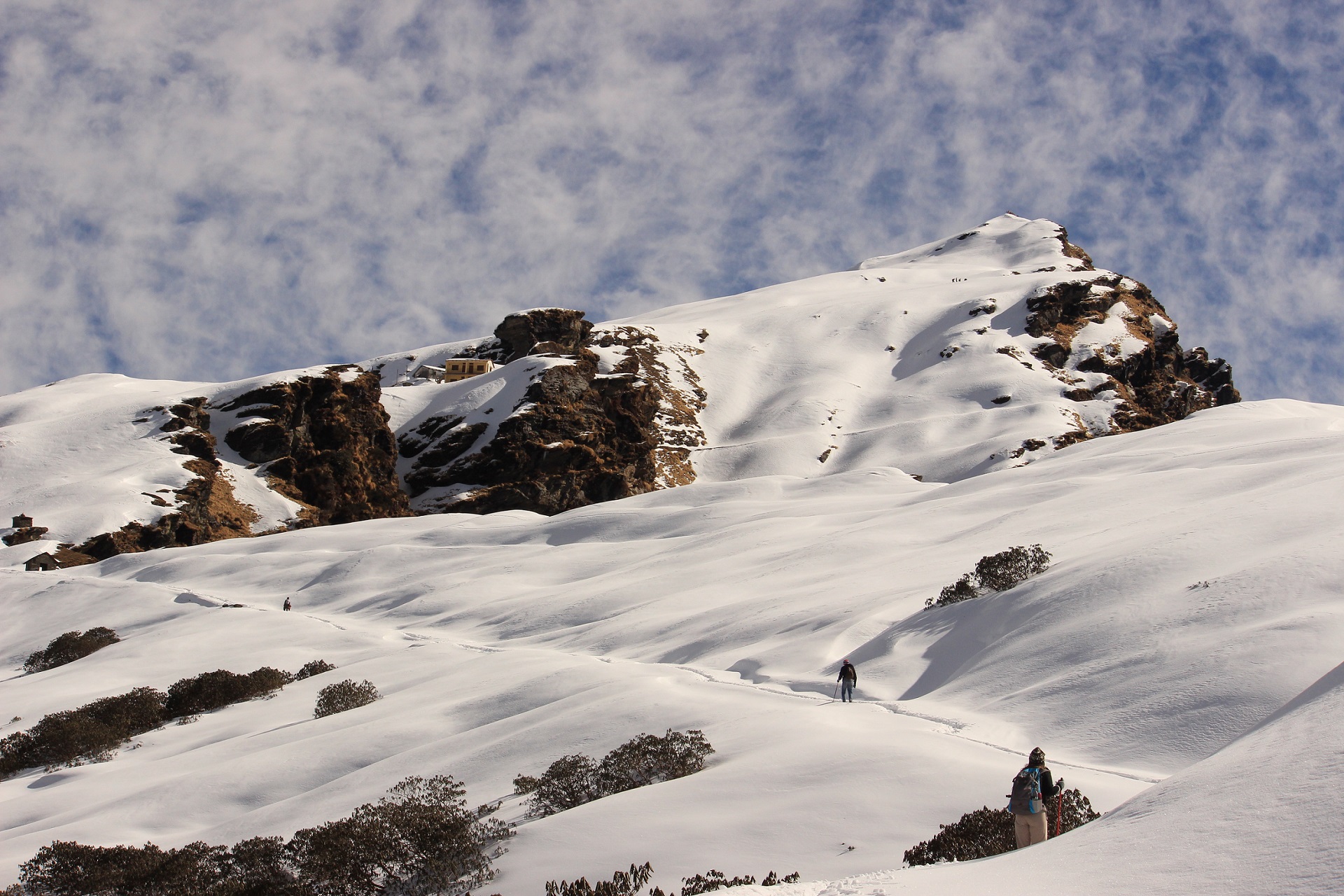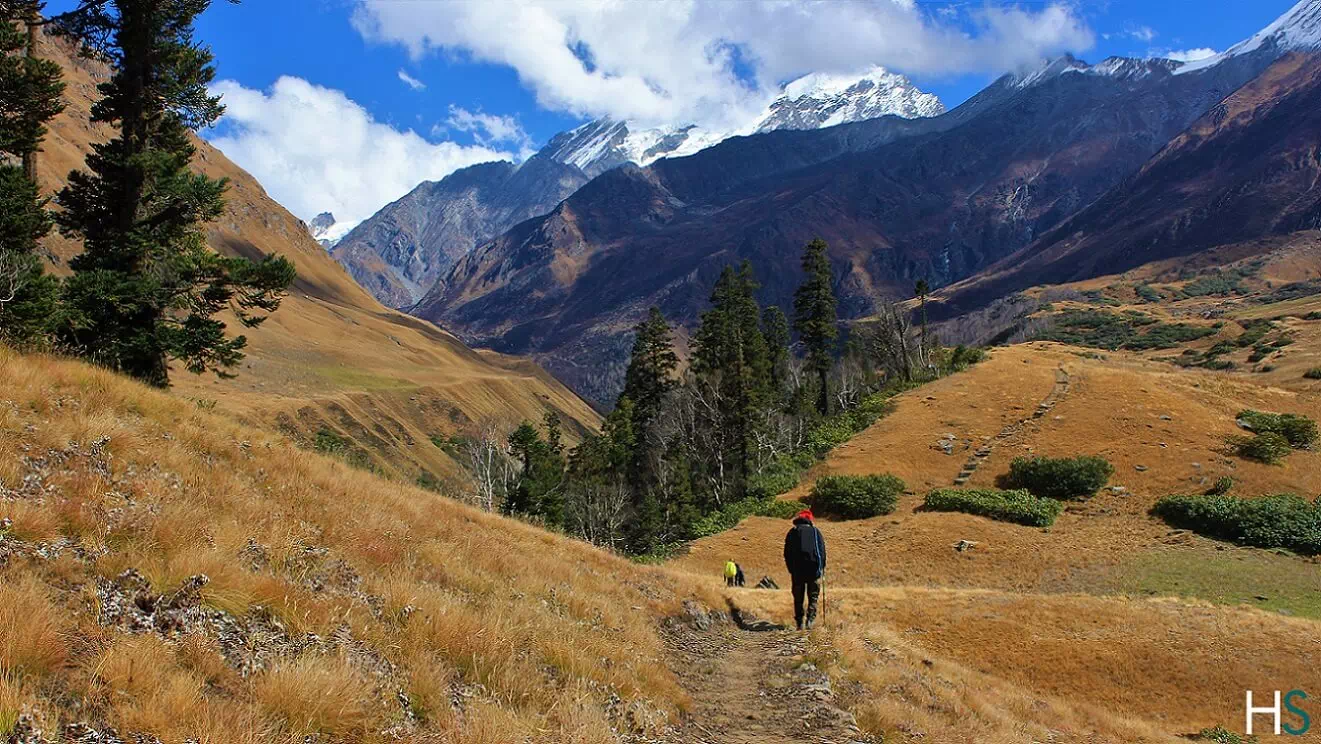Essential Clothing for Himalayan Winter Treks in India

Boasting the sultry appeal of northern India, winter treks in Himalaya are remarkably chilling yet enticing to all the adventure junkies. Whether it is a Kedarkantha trek, or Chadar trek or Sandakpu trek or Bali pass trek, the cold weather will give you shivers down the spine. Although different territories and terrains do project a varied climate it is imperative to be equipped with suitable gear for winter.
The human body is well implemented to withstand the cold weather by Basal metabolism. However, during winter treks in Himalaya, due to extreme climatic conditions, one needs a sufficient amount of clothing to avoid Hypothermia. Hypothermia is a state wherein the balance of body temperature is harmed. At the same time, during the trek, the exertive bodily movements also lead to exercise metabolism. This metabolism believingly benefits in sustaining the harsh weather. The winter trekking clothes and trekking shoes act as an insulator to shield this warmth of the body.
Let us learn the specific winter clothing a trekker should pack to head for a Himalayan winter trek.
Winter Trekking Clothes
The winter trekking clothes are divided into 3 layers. However, as it may deem fit a trekker can essentially layer up to feel warm and cosy. While trekking according to the coldness, a base layer and fleece are enough. This can be adjusted on the measure of exhaustion one feels.
Base Layer is the first layer. It should be specifically of wicking fabric. While you trek, the body perspires that dampens our base layer. The fabric being wicking will assist the body to maintain the dryness. If the body remains wet, you could feel colder. Polyester Clothing works best as it is hydrophobic and doesn’t absorb any moisture wicking it away. In winters wearing Thermal Base Layers of Polyester or Wool is recommended & cotton should be avoided at all costs.
Fleece or Sweater is the the first choice for the “Second Layer” or in essence “Insulating Layer” and anything that insulates to trap body heat in air pockets is something that qualifies as second layer. A woolen sweater or a fleece jacket on your base layer t-shirt will help the thermal insulation i.e. they will help to maintain the warmth of the body. They are not water or windproof and hence you need one more layer as protection from the voracious wind and rain at higher altitudes. Choose the fleece with a front zipper to easily open and shut.
Down Jacket or Padded Jacket is the second component of this Second-Insulating Layer, especially needed for winter treks in India. Down Jackets are water-resistant and available in various degrees according to the cold weather. They are very lightweight and thus not a bickering load to your backpack. Duck or geese feathers are utilised to build the insulation layer in this piece of clothing.
Windproof & Waterproof Jacket/ Raincoat The waterproof jacket will resist the wind apart from resisting rain and snow. Moreover, to keep in mind they do not provide warmth. A raincoat or a poncho could also be used instead of a windproof jacket. A raincoat is preferable over poncho because the latter might be uncomfortable during a rainy-day trek. This is the 3rd and Final Layer and its generally known as Shell Layer which protects interior clothing from external weather such as rain and snow.
Waterproof Trekking Shoes And Warm Socks
Waterproof trekking shoes(and preferably warm) is the most important gear for Himalayan trekking. During winter treks in Himalayas not only the shoes have to be waterproof or resistant but also necessarily lend capable warmth to the feet. Choosing high ankle shoes will be a smarter decision. During the severe weather, the blood rushes from the tips of our bodies towards the vital organs. This cools down our feet and hands. Therefore, wearing a pair of qualitative warm woolen socks is advisable. Cotton socks should be avoided as cotton becomes damp as it absorbs moisture. Woolen socks blended with sythentic material such as polyester or polymide are the best as they are durable as well. Carry minimum half the number of socks pairs as the number of trekking Days + 1. i.e. If the trek is of 6 days, carry 4 pairs (ideal is 1 pair per day as wet or damp socks wont dry). Avoid layering socks as it will obstruct blood flow to your feet.
Taking care of our feet is important to avoid traumatic bites and fungal growth. Dry your feet as soon as you hit the campsite and put on a pair of woolen socks to keep them warm and dry. Do carry dusting powder (anti fungal) and apply before sleeping.
Other Winter Accessories
Although it is unmeasured fun to play with snow, taking care of ourselves will let you unobstructedly enjoy the moments. Apart from these main clothing other basic accessories are equally quintessential during a winter trek.
Woolen and waterproof gloves
As mentioned earlier the extremities of the human body tend to go cold faster than the other parts, adequately protecting them from this sheer weather is a must thing to do while on winter treks. Keep a pair of one waterproof and woolen gloves with you pack. Waterproof gloves could be worn when trekking on a snow-terrain. At the same time, woolen gloves could be used during your time at camps.
Balaclava or Monkey cap
During acute and sharp weather, covering head and face is of utmost importance to avoid burns. Balaclava lets remain open the region of eyes. Sunglasses come handy to defend your eyes from snow blindness.
Neck Warmer Or Bandana
A neck warmer or Bandana or buff is a tube kind of insulated fabric worn around the neck to protect from the freezing atmosphere. As you reach higher altitudes, extreme weather causes discomfort around the neck. Thus, a neck warmer comes to the obliged rescue.
Gaiters
Gaiter is a sheet with hooks to wear around our ankles that could be attached to our trekking shoes. They are waterproof as well resistant and avoid the entry of snow in the shoes. Gaiters are very important when the snow-layers are deeper.
All these commodities are widely available owing to the popularity of winter treks in the Himalayas. Well, quickly pack your rucksack and head on to your most adventurous sojourn.
